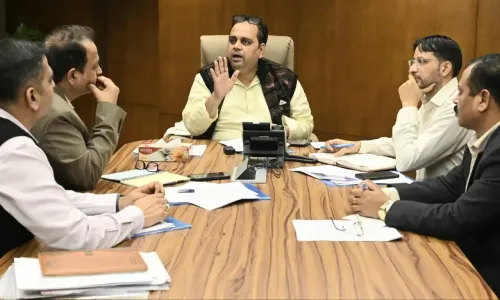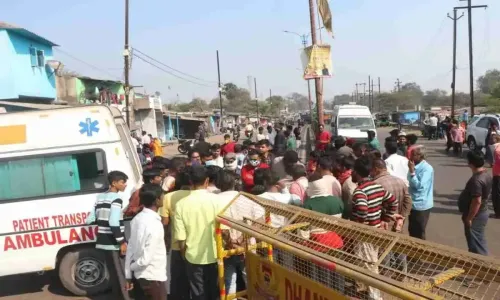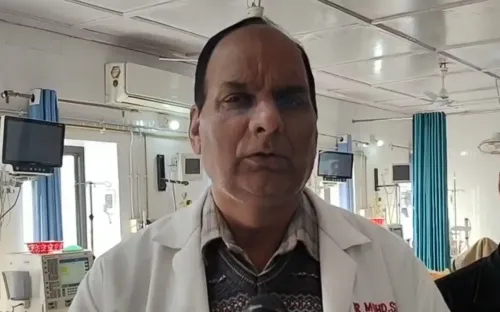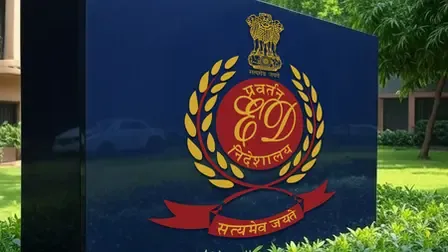Can Verbal Autopsy Unlock the Secrets Behind TB Deaths in India?
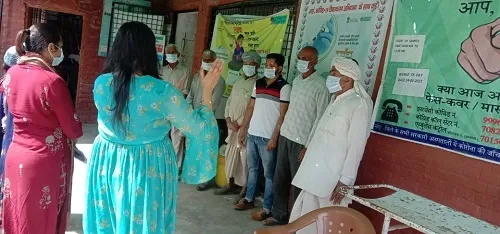
Synopsis
Key Takeaways
- Verbal autopsy is essential for understanding TB mortality.
- A holistic approach is needed to tackle tuberculosis effectively.
- Identifying treatment delays can enhance patient care.
- Insights from verbal autopsies can inform healthcare policies.
- Timely access to healthcare is critical for reducing TB deaths.
New Delhi, July 9 (NationPress) Verbal autopsy serves as a vital scientific instrument that holds the potential to significantly bolster India’s battle against tuberculosis, as it reveals the underlying factors contributing to mortality from this deadly infection, stated Dr. Kavita Vasudevan from the Indira Gandhi Medical College and Research Institute (IGMC&RI) in Puducherry.
In an interview with IANS, Dr. Vasudevan from the Community Medicine Department elaborated on how a verbal autopsy model can unveil patterns of treatment delays and elucidate the reasons behind TB fatalities, thereby enhancing the referral process.
“A holistic approach is crucial for effectively combating TB. This includes ensuring access to quality TB care through reliable diagnostics, effective treatment options, preventive measures, and pinpointing the root causes of mortality linked to the disease. Understanding TB mortality can offer essential insights into the elements that lead to these fatalities,” she remarked.
What exactly is a verbal autopsy?
A verbal autopsy is an interview-driven process wherein close relatives or caregivers of the deceased are queried about the circumstances and factors that contributed to the death.
“This methodology merges both quantitative and qualitative techniques to ascertain the factors leading to mortality among TB patients. The quantitative aspect involves reviewing clinical records of TB-related deaths, while the qualitative side comprises interviews with stakeholders, including National TB Elimination Programme (NTEP) personnel and relatives of the deceased,” Dr. Vasudevan explained.
This approach is particularly useful in scenarios where the causes of death cannot be clearly deciphered from medical documentation.
For instance, relatives or caregivers are asked about the deceased’s symptoms, treatment history, time of hospital admission, treatment received, and the circumstances surrounding the time of death. This information is gathered in a structured manner, after which medical professionals evaluate the probable cause of death.
“Verbal autopsy provides a deeper understanding of patient delays, health system inefficiencies, social or financial obstacles encountered during illness, perceptions of healthcare services, and barriers to obtaining timely diagnosis and treatment,” Dr. Vasudevan added.
This model has been integrated into the government's Sample Registration System since 2001, yielding invaluable cause-of-death statistics.
Furthermore, to enhance the national mortality surveillance framework in India, the All India Institute of Medical Sciences (AIIMS), New Delhi, launched the “Mortality in India Established through Verbal Autopsy” (MINErVA) platform in collaboration with state-level partners across India in 2017.
The National Tuberculosis Elimination Programme (NTEP) mandates comprehensive verbal autopsies for deaths among TB patients to comprehend the causes of death and leverage this knowledge to refine program strategies and optimize service delivery mechanisms to avert preventable fatalities.
“Tuberculosis ranks among the top ten causes of death globally and stands as the second leading cause of death from a single infectious agent after the coronavirus, outpacing HIV. The TB burden in India continues to pose a significant public health challenge. Recent estimates indicate that TB-related deaths in India amount to 23 per lakh population,” Dr. Vasudevan disclosed.
One of the objectives under the National Strategic Plan and WHO End TB Strategy is the aspiration to diminish global TB deaths by 90 percent by 2025.
The World Health Organization (WHO) has also recommended the use of verbal autopsies as a critical tool in the fight against TB, to gain better insights into early symptoms, symptom duration, treatment initiation and interruptions, and the diagnostic journey.
Verbal Autopsy in Puducherry
Dr. Vasudevan highlighted that by employing this scientific tool, IGMC physicians are probing the causes behind 160 reported TB deaths in the Union Territory in 2024, identifying both patient-related and health system-related factors.
“Initial analyses suggest that a majority of TB deaths transpire within 7 days of diagnosis, indicating delays in patients accessing healthcare facilities and arriving at hospitals late,” Dr. Vasudevan stated.
“A considerable number of patients who succumbed belong to neighboring districts in Tamil Nadu. These individuals seek treatment in Puducherry but often provide inaccurate addresses or those of relatives residing in Puducherry,” she noted.
The verbal autopsy will aid in uncovering treatment delay patterns, determining the reasons behind TB-related deaths, and enhancing triage systems and referral processes, as mentioned by Dr. Vasudevan, who is spearheading the project in Puducherry.
(Rachel V Thomas can be contacted at rachel.t@ians.in)


